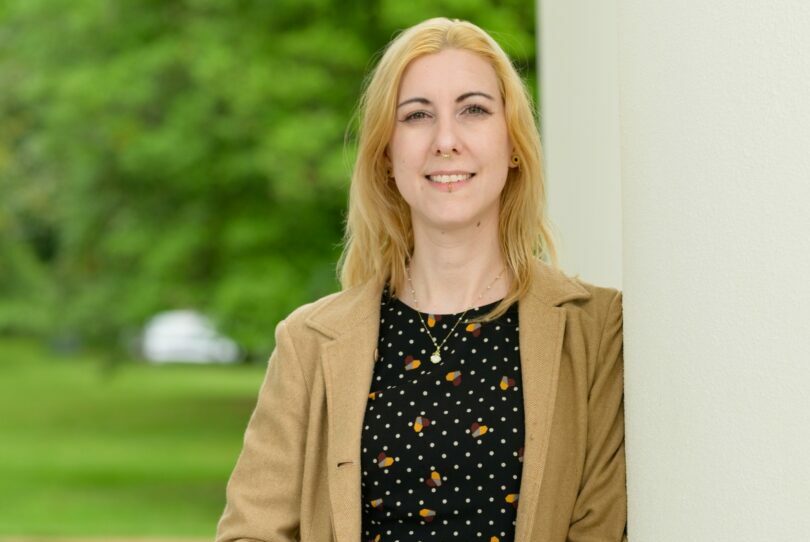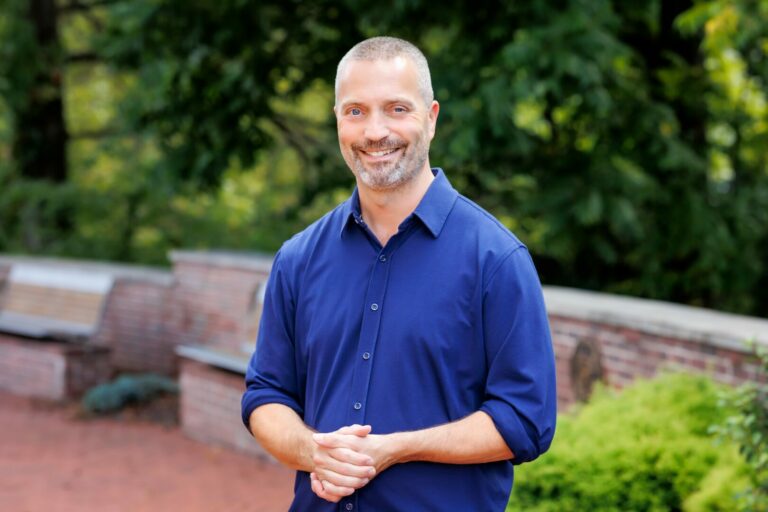Karen Christians shared their story and experiences with us recently and you can find our conversation below.
Hi Karen, thank you so much for taking time out of your busy day to share your story, experiences and insights with our readers. Let’s jump right in with an interesting one: Have any recent moments made you laugh or feel proud?
Just yesterday, a post appeared on Facebook announcing a new community jewelry school in Atlanta. I founded Metalwerx, a School for Jewelry/Metal Arts, and Community Studio in 1998, immediately after earning my BFA from the Massachusetts College of Art and Design in 1997. I was in my 40s. In 1998, there were about five metalsmithing schools in the US. Now there are over 250. When I built Metalwerx, there was no business plan, no big investors, and no bank willing to support my idea. I relied on my intuition to create the Metalwerx Template, a foundation designed for a targeted female demographic over 50. This involved bringing in top teachers, fostering vendor loyalty, and offering something unique to the students who attend. Metalwerx is now 27 years old and continues to thrive. My proudest achievement was changing the way teachers are paid across metalsmithing schools throughout the US.
Though I am retired from running Metalwerx, I carry that spirit of innovation, trust, bootstrapping, and following my gut into a new phase in Chiang Mai, Thailand. After developing jewelry teaching shops in two US Makerspaces, a new paradigm is taking root. A new forest of opportunities is expanding into Asia. As a member of Makerspace Thailand, Makerspace Heritage Arts showcases traditional arts of Thailand that span generations in Lanna (Northern Thailand). These include textiles, jewelry, woodcarving, dance, metals, ceramics, lacquering, and more. I have come to realize that my art isn’t about creating objects, but instead shaping ideas into sustainable, concrete systems for art. It’s all great fun, and at 71, I feel very proud to forge new ideas and continue bringing people together in community and discovery.
Can you briefly introduce yourself and share what makes you or your brand unique?
I’m Karen Christians, a jewelry artist, educator, entrepreneur, and author whose work explores how adornment embodies stories, memory, and meaning across cultures. I founded Metalwerx, a nonprofit jewelry and metal arts school in Massachusetts, where I have taught generations of students to transform raw materials into objects of personal significance. I built two Jewelry Teaching Shops at Artisans Asylum in Somerville, MA, and Lowell Makes in Lowell, MA. Currently, I’m developing a new Makerspace for Art in Chiang Mai, Thailand. Makerspace Heritage Arts highlights traditional generational Thai Lanna Arts in Ceramics, Jewelry, Textiles, Temple Metalwork, Metal Forging, and Woodcraft.
My practice is driven by curiosity and storytelling—I view jewelry not merely as decoration, but as a vessel that encapsulates history, community, and even fandom.
I am the author of “Making the Most of Your Flex Shaft”, a technical guide to one of jewelry’s most essential tools, and “Jewelry of Burning Man”, which documents the profound gifting culture at the annual festival in Nevada. I am currently working on “Jewelry of Star Trek”, a study of how science fiction adornment reflects identity, culture, and imagination. These projects bridge art, anthropology, and design, underscoring how small wearable objects can carry expansive narratives.
As a maker, I am also a tinkerer, examining and refining jewelry tools to adapt them for contemporary practice. What makes my work distinctive is this integration of craft, community, and cultural storytelling. Whether collaborating with fellow makers, teaching students, or documenting jewelry as artifact, I aim to connect people more deeply with materials, stories, and one another.
Thanks for sharing that. Would love to go back in time and hear about how your past might have impacted who you are today. What’s a moment that really shaped how you see the world?
Unlike many of my friends whose families struggled to put food on the table, I grew up in a household of relative wealth. My grandfather came from a prosperous dairy family in Johnson Creek, Wisconsin, where they distributed milk, butter, and cheese from Amish farms under the brand HC Christians, Co. In the early 1940s, he built a larger factory in Chicago and secured a significant contract to supply dairy products to the U.S. military during World War II. Working with scientists and food technologists, the company refined the process of producing dry milk for large-scale distribution.
After the war, my father became president of HC Christians, targeting restaurants with individually wrapped butter pats and candy manufacturers who used dry milk in their recipes. One of those products was M&M’s, initially developed for military rations. The business faced a devastating setback when a batch of dry milk sold to Chunky Chocolate was contaminated with Salmonella. A death followed, sparking seven years of intense litigation. Under immense pressure, my father tried to shift the company’s reputation with witty advertising campaigns. Still, ultimately, his artistic nature clashed with the rigid world of corporate business, and he left.
Seeking a new life, he moved our family to Santa Barbara, California, where my sister and I grew up. Free from the burdens of running a company, my father dedicated himself to his passion for photography and writing. My childhood was filled with beaches, tide pools, and long nature walks—an influence that remains with me, as a day spent walking the shoreline is still my greatest joy.
Living only two hours from Anaheim, my father often took me to Disneyland. In 1962, at the age of eight, I was enthralled by the simplicity of play, vibrant colors, seamless customer service, thrilling rides, and, above all, the power of storytelling. My father, with a camera in hand, taught me about foreshortening, architecture, and how to frame the perfect shot. These were the days of the “Kodak Moment,” as Kodak was then a major sponsor. I continued visiting Disneyland until 1976, when I left for the Bay Area.
Looking back, Disneyland left me with two invaluable lessons: first, that storytelling is everything; and second, that my artistic career would be three-dimensional. When I later entered art school in 1994 and discovered metalsmithing, I recognized that the “devil in the details” defines excellence in craft. This became the foundation of my work: driving each metaphor to its fullest potential while pursuing fabrication as close to perfection as possible.
Was there ever a time you almost gave up?
I founded Metalwerx School for Jewelry and the Metalarts in Woburn, MA, in 1998. By 2001, my partner had left, and in 2003, I relocated the school to Waltham. For nearly a decade, I ran it alone—acting as executive director, instructor, marketer, web content manager, and more—as the school grew at a breakneck pace. I hired a talented web designer with expertise in e-commerce and grassroots social media, but still wore far too many hats while also writing a technical book on jewelry tools. I applied for a bank loan, but was turned down, as our business model was novel and unproven. Ultimately, my husband took out a second mortgage (now paid off), commenting that banks are silly and don’t take chances.
By 2006, the strain began to take its toll. I was exhausted, overweight, and newly diagnosed with Type II diabetes. At 49, I found myself questioning whether the sacrifices I had made to my health, marriage, and well-being were worth it. Journaling became my lifeline. I began asking myself hard questions: What was the first spark that inspired Metalwerx? Who could I talk to? Whose stories of struggle and resilience could I learn from? Those reflections reminded me that my challenges were not unique—and that persistence was part of the journey.
Gradually, I learned to delegate, giving motivated students responsibility and rediscovering a sense of balance. Metalwerx thrived, and in 2008, after 10 years of leadership, I stepped away to care for my 85-year-old aunt in California during surgery. That experience taught me to value what I loved most: starting creative ventures, teaching, and helping others find stability when their careers or lives felt out of balance.
Today, Metalwerx is in its 27th year and is a thriving school and community. Its template for paying instructors changed the paradigm and is now employed across the US. For me, its story is a testament not only to the power of craft, but also to resilience, balance, and the importance of asking the right questions when everything feels overwhelming.
Sure, so let’s go deeper into your values and how you think. What’s a belief or project you’re committed to, no matter how long it takes?
Colleagues know me for being tenacious and a hard worker. Once I am committed to a project, I’ll see it through to the end. I rarely give up. As an artist, I firmly believe in helping artists realize their full potential. Not so much one-on-one, but creating systems and templates that art and community can not only survive, but thrive. Metalwerx was one such project, and perhaps, it is part of the entrepreneur’s worst nightmare – we see things differently. We visualize an idea, see it happening with all the parts working. We know the conclusion; we often fly past the beginning, and that is both a curse and a blessing. Once the visual has been achieved, the steps are then worked backward, and the questions begin. How long will this take? What kind of infrastructure do I need? How do all the parts dance together? Where does it live? Who is the audience? If there is one person I admire who had an enormous global impact, creating his own ecosystem, it was the artist Walt Disney. His vision imagined a place where families can spend time together in a fantasy environment. He created safety, support, and customer service, and not once did he worry about the finances. That was his brother’s responsibility. Walt chose a demographic and stuck to it.
In my projects, that is the first thing that comes to mind. Who will benefit, what demographic can I choose that is unique and will respond to creativity, community, and building confidence? At Metalwerx, it was women 50 and over. It took ten years to catch on, and at 27, it shows no signs of stopping anytime soon.
I divide my year between the United States and Chiang Mai, Thailand, a city renowned for its vibrant artistic culture and deep-rooted Lanna heritage. My focus is on highlighting and sustaining these “Heritage Arts,” particularly within the craft sector. For five years, I was a member of Makerspace Thailand, where I maintained access to professional jewelry tools and taught a wide range of individuals—guiding them through the process of making a ring, setting a stone, or fabricating a bracelet. These experiences confirmed the importance of creating spaces where technical skills are taught alongside opportunities for personal connection and creative growth.
Recognizing that most makerspaces operate within male-centric frameworks, I am developing Makerspace Heritage Arts (MHA) as a women-centered model in Chiang Mai. MHA will provide a safe and supportive environment for female makers while aligning with the traditions of Lanna craft. Unlike conventional makerspaces, which emphasize broad access to tools, MHA will integrate with existing heritage practices. The space will feature rental studios for ongoing projects, as well as programming such as workshops, lectures, and an artist film series, alongside curated cultural tours that connect visitors directly with Chiang Mai’s craft landscape.
With the lessons I learned from founding Metalwerx, this new initiative combines creative vision with a strong operational foundation. MHA is supported by a detailed business plan and professional management overseeing finances, technology, and logistics. This balance of artistic direction and strategic infrastructure ensures that MHA will not only serve as a creative hub, but also as a sustainable model for honoring heritage through contemporary practice.
Okay, we’ve made it essentially to the end. One last question before you go. What is the story you hope people tell about you when you’re gone?
Reflecting on the last 35 years of my artistic journey and the systems I’ve built to support artists, the word that continues to define my path is fearless. I have always believed that anyone can create a life of fulfillment if they commit fully to the work of building it. True teachers, in my view, are not made—they are born with the instinct to guide. Leaders, however, can be cultivated, provided they understand that authentic leadership is stewardship of the whole system. To lead well requires both an eagle’s eye for the broad vision and the humility to empower others. I have learned that delegation is not about relinquishing control, but about equipping people with the right tools, taking the time to instill confidence, and creating a structure that fosters growth. The greatest trap is believing you must do everything yourself; the true art lies in training others to thrive.
People often say to me, “You are so lucky.” But luck has little to do with it. For more than 35 years, Dave and I have invested with discipline and patience—saving steadily, weathering the inevitable shifts of markets and politics. Just as importantly, we invest in people. We recognize extraordinary individuals—a child whose artistic gifts reveal themselves at six years old, an accomplished chef navigating a difficult season, or a brilliant mind temporarily derailed by life’s upheavals. Supporting them is not a transaction; it is an expression of our belief in Buddhism, service, and the enduring power of karma.
That same philosophy guides my artistic practice. Two years ago, I created a Luna Moth sculpture in bronze for Animalia at Burning Man. The Luna Moth, a symbol of transition, mirrors the cycles of impermanence: egg, larva, pupa, and a fleeting week as an adult. To date, I have cast more than 300 moths, gifted freely—not as adornment, but as talismans to hang in a home or studio. Many recipients have shared remarkable experiences, affirming the piece’s symbolic resonance.
At the heart of my work and life is the law of attraction: to live authentically, to trust oneself, and to recognize mistakes not as failures but as steps forward. I have made many, and each has shaped my path. My conviction is simple: if you do not love what you do, let it go. Money alone is never enough. What sustains us is passion, freedom, and the courage to rise again—always guided by honesty, generosity, and the belief that art and service can transform lives.
Contact Info:
- Website: https://www.karenchristians.com/
- Instagram: @karenachristians
- Linkedin: https://www.linkedin.com/in/karen-christians-6489a3141/
- Facebook: https://www.facebook.com/karen.christians.1/
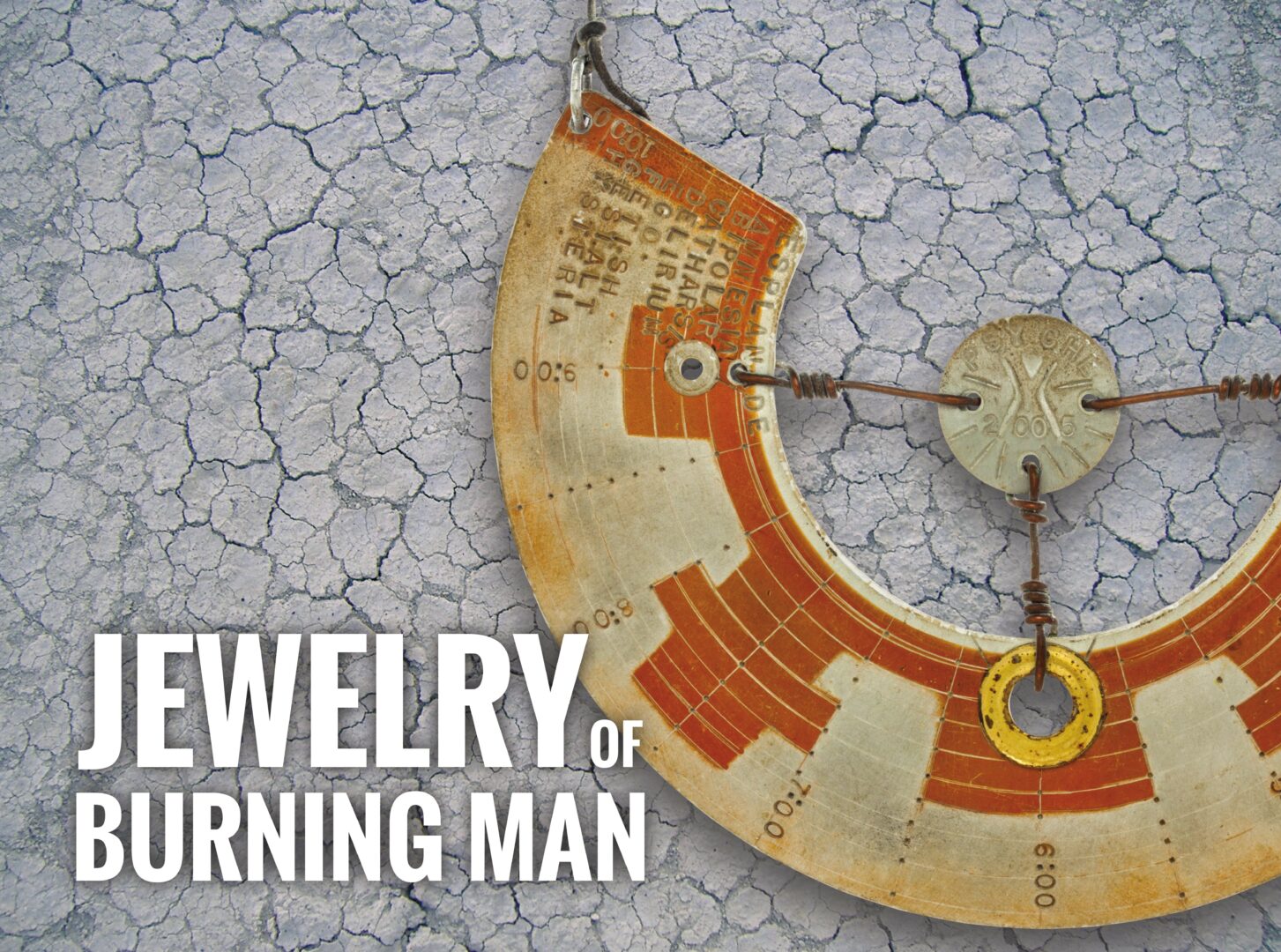
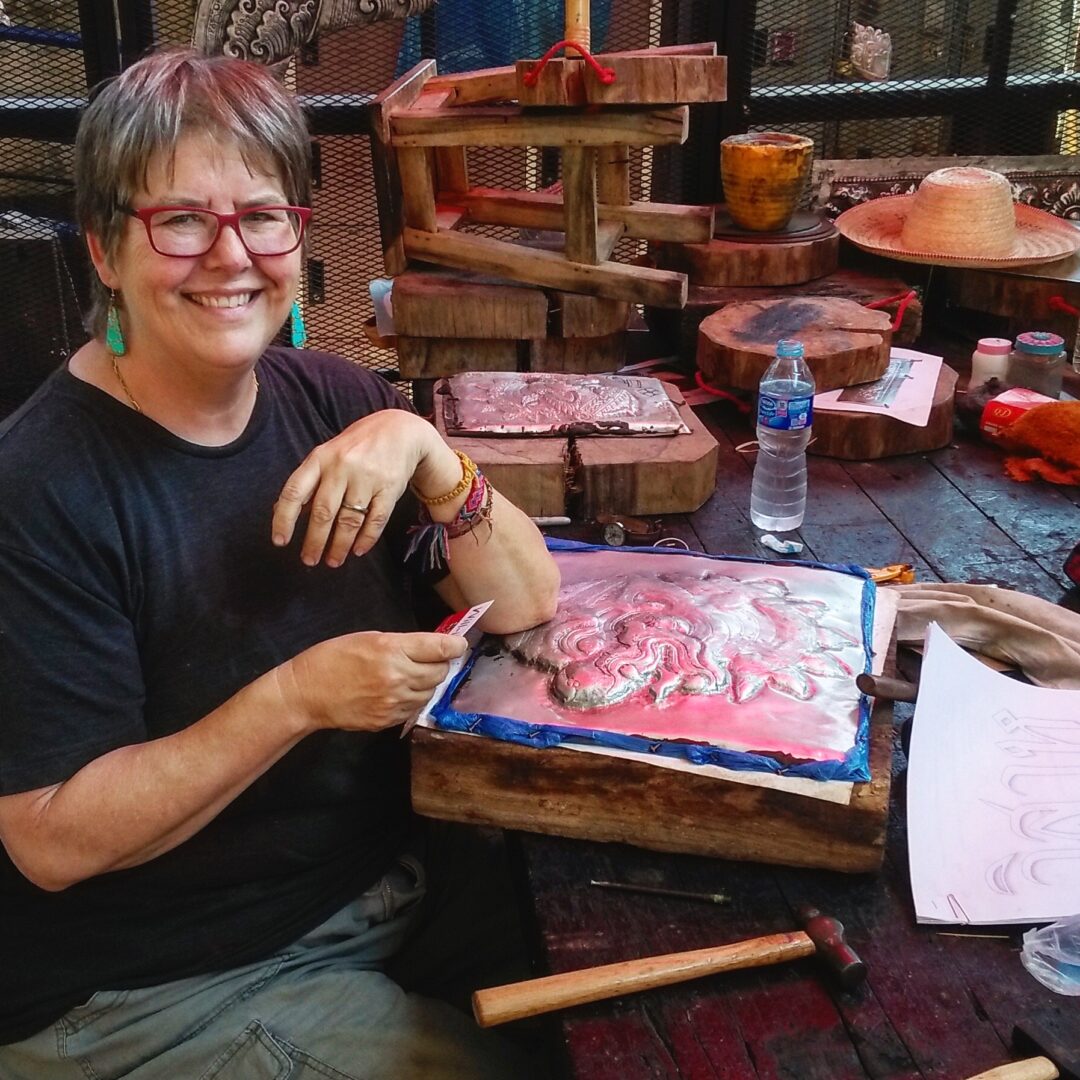
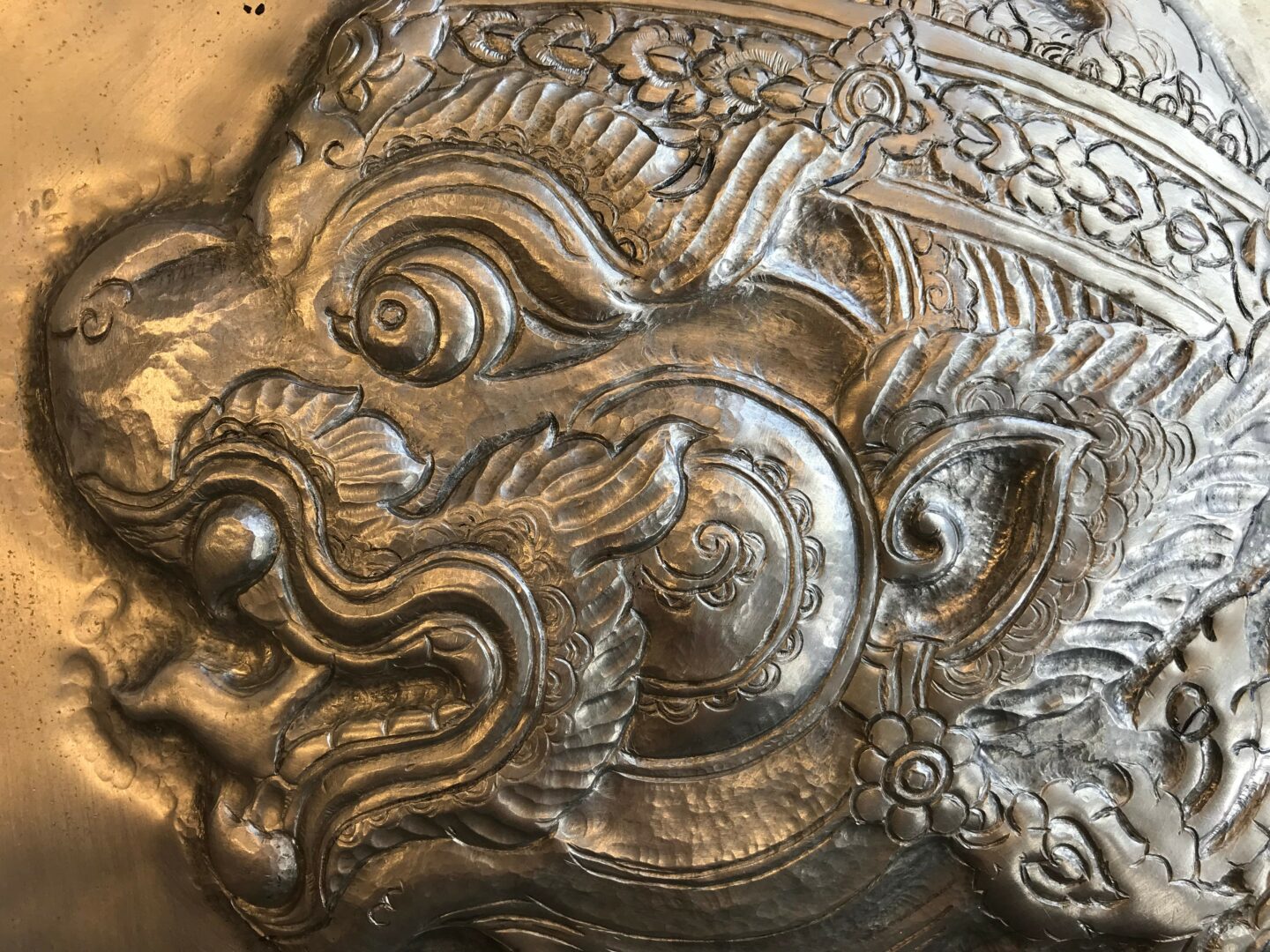
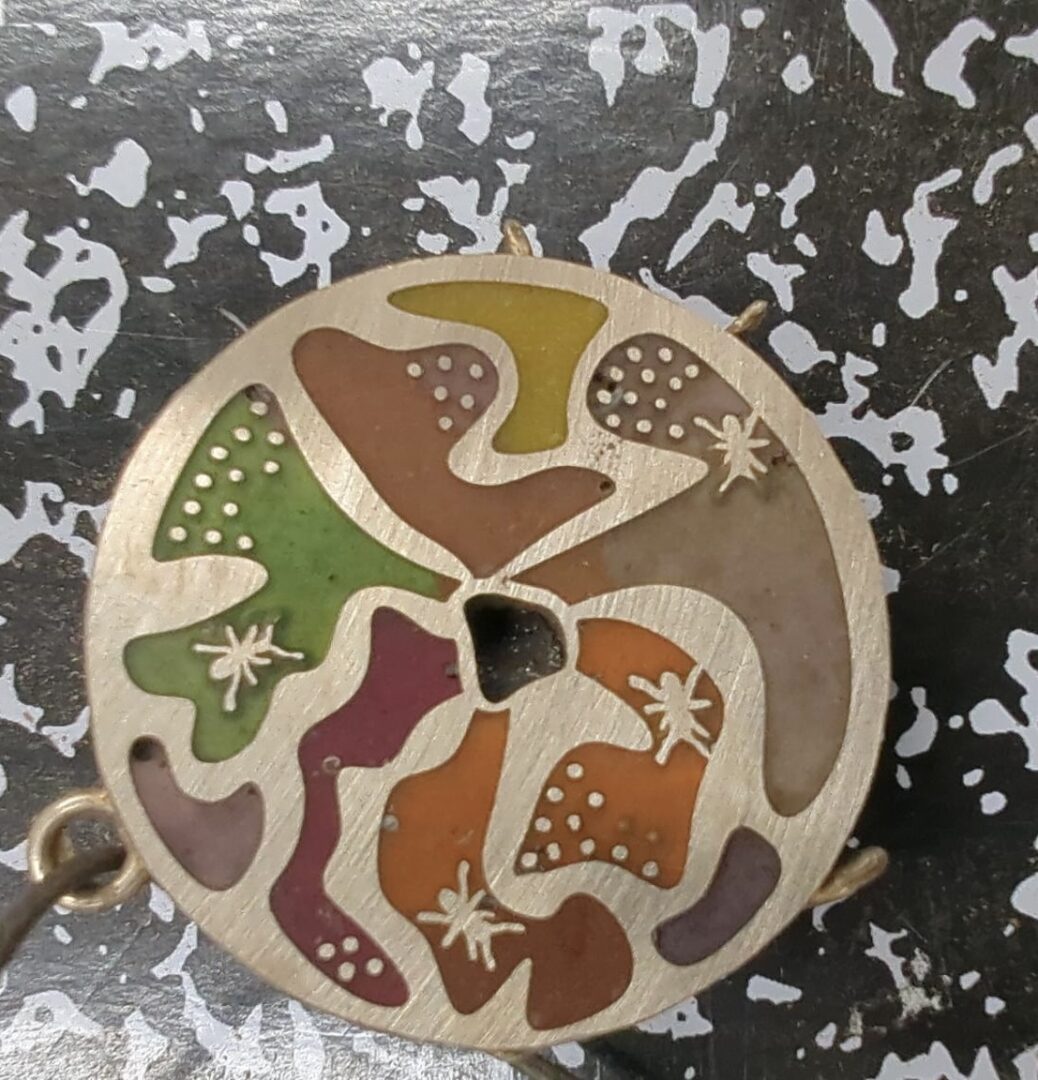

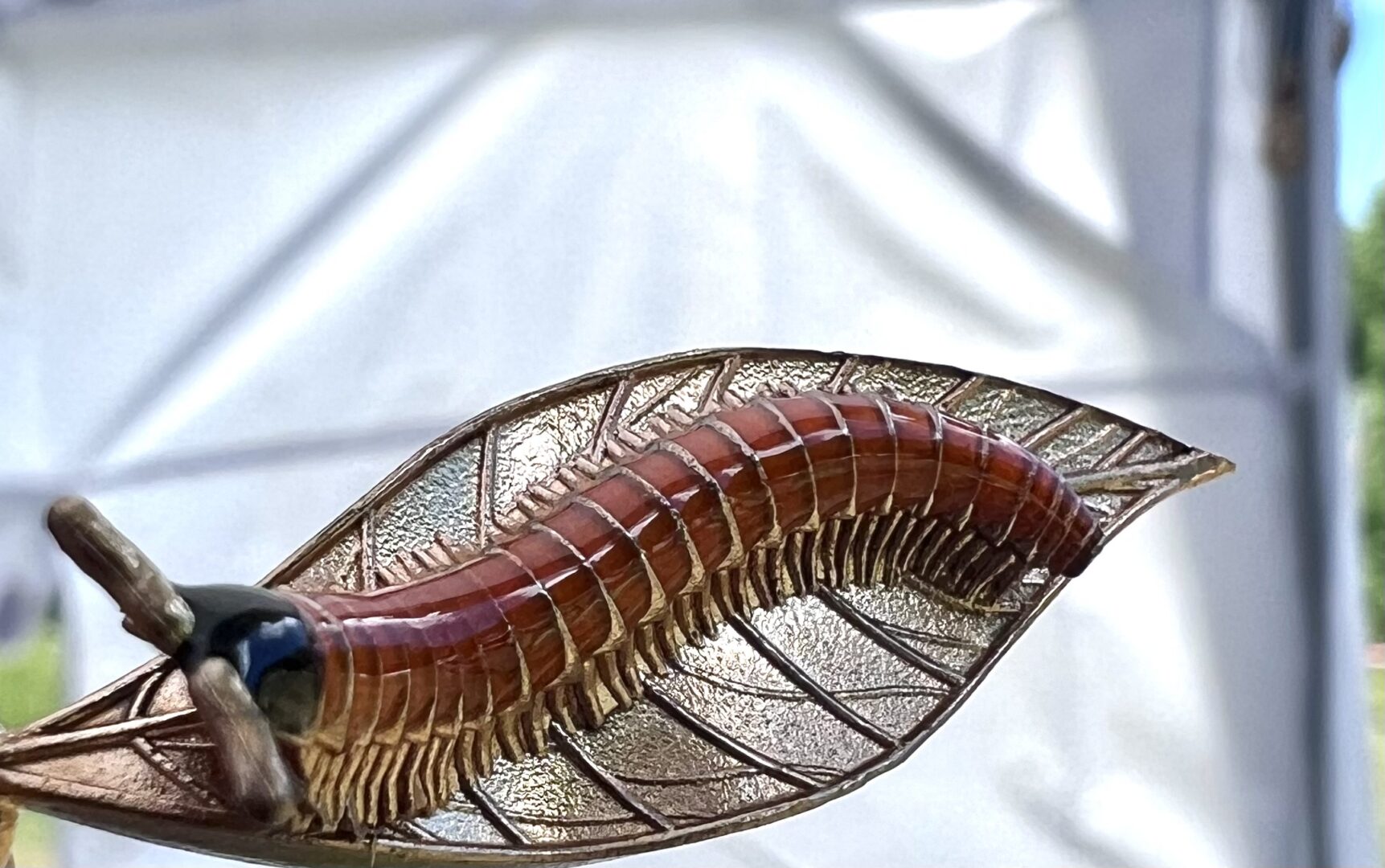

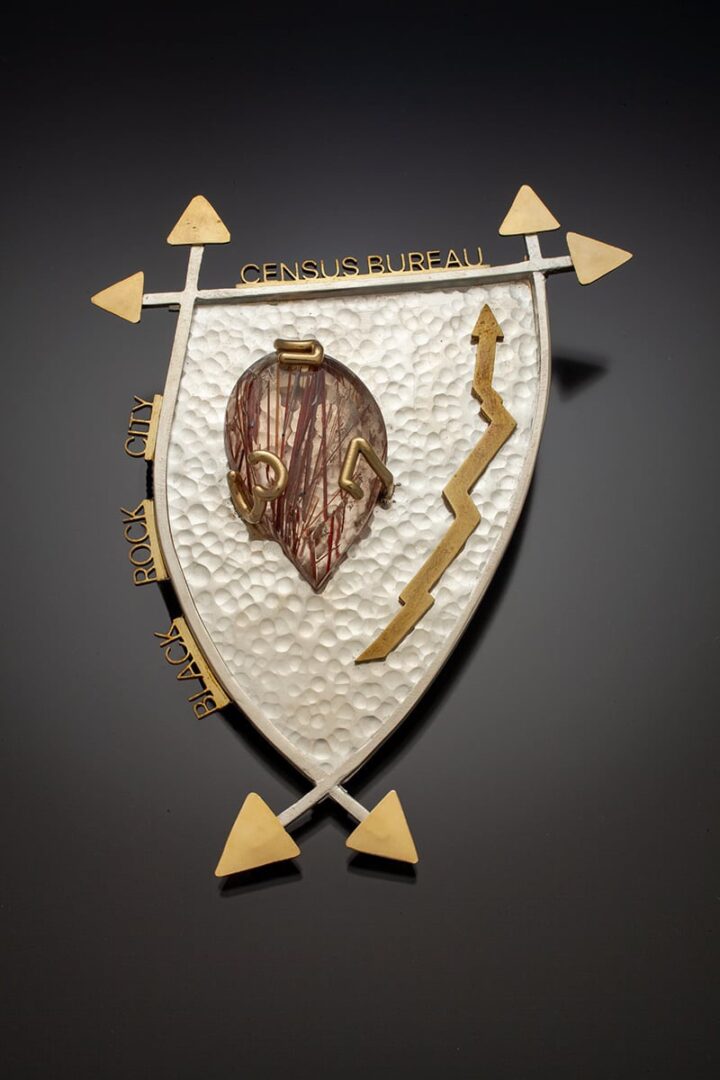
Image Credits
Scot Langdon, George Post
so if you or someone you know deserves recognition please let us know here.



